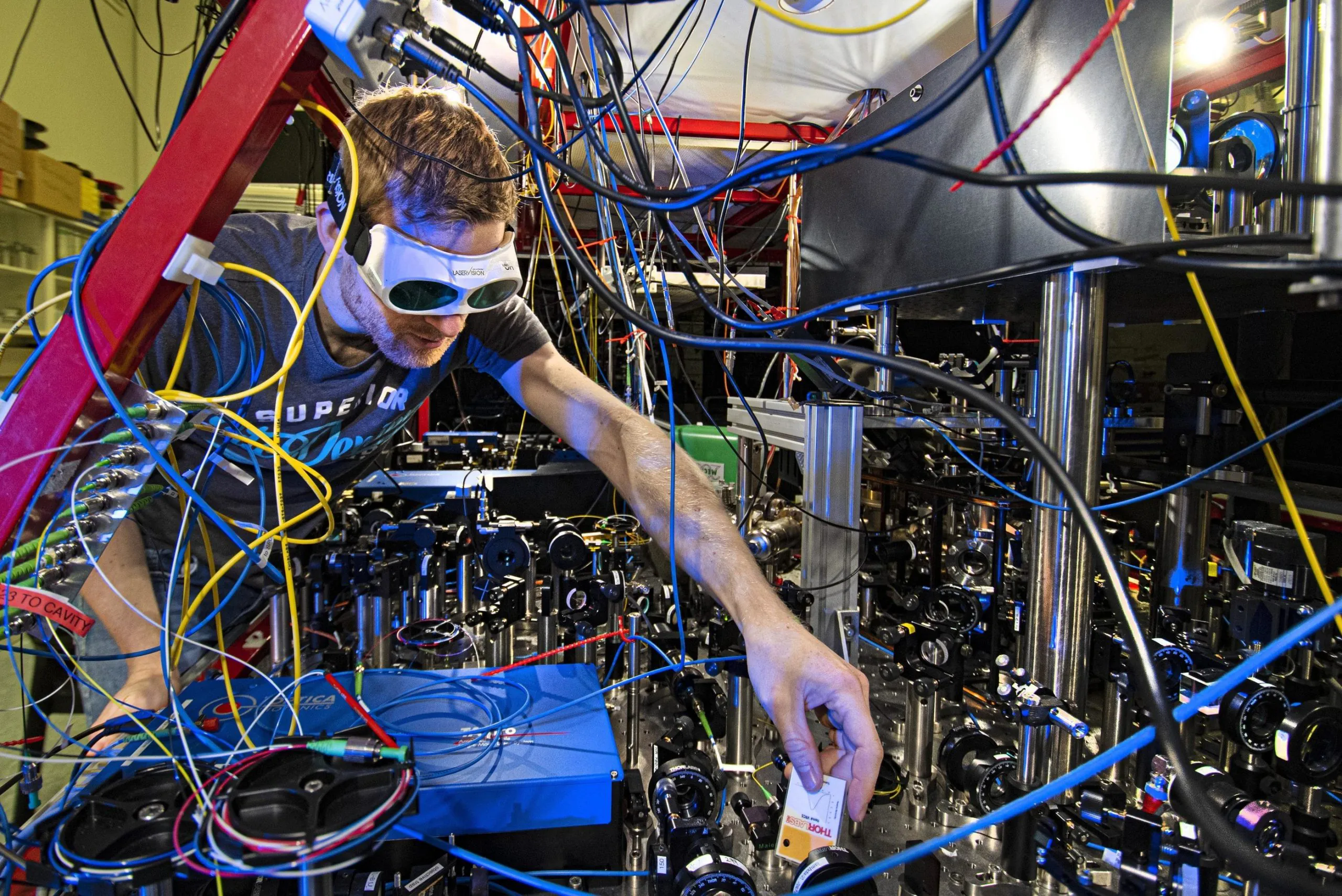Quantum Computing
Researchers Develop World’s First Distributed Quantum Computer Prototype

The first ever prototype for a distributed quantum computer was developed by researchers. Severin Daiss, Stefan Langenfeld, and other researchers from the Max Planck Institute of Quantum Optics in Garching realized the first quantum-logic computer operation between two separate quantum modules.
The team interconnected two qubits, the memory and processing units of quantum computers, in two different labs to a distributed quantum computer. This was done by linking the qubits with a long optical fiber measured at 60 meters.
The level of complex calculations a quantum computer can undertake increases with more interconnected qubits. Basic computing operations are based on those quantum-logic gates between two qubits, but if a quantum computer is to be superior to a traditional computer, it must interconnect dozens to thousands of qubits for the same amount of quantum operations.
Today’s leading laboratories still struggle with this barrier, and a quantum computer of this size has yet to be built. As the number of qubits next to one another increases, so does the difficulty of isolating and controlling them at the same time.
Creating Joint Processing Unit
The team presented their new study in the journal Science, and it was supported by the Institute of Photonic Sciences. In the study, two qubit modules were successfully connected over 60 meters, resulting in the formation of a basic quantum computer with two qubits.
“Across this distance, we perform a quantum computing operation between two independent qubit setups in different laboratories,” Daiss said.
With this new approach, it is possible for multiple small quantum computers to be merged into a joint processing unit.
While the connection of distant qubits for entanglements was previously achieved, this is the first time the connection can lead to quantum computations. The new system works with two modules, each with a single atom as a qubit, positioned between two mirrors. The modules send one single photon that is transported in the optical fiber, and it is entangled with the quantum states of the qubits.
The next step for the team is to connect more than two modules, as well as to host even more qubits in the modules.
According to Gerhard Rempre, the team leader and director of the institute, the new study will further advance quantum technology.
“Our scheme opens up a new development path for distributed quantum computing,” Rempre said.
By overcoming some of the limitations surrounding existing quantum computers and the integration of qubits into a single setup, the new approach could lead to far more powerful systems in the future.














